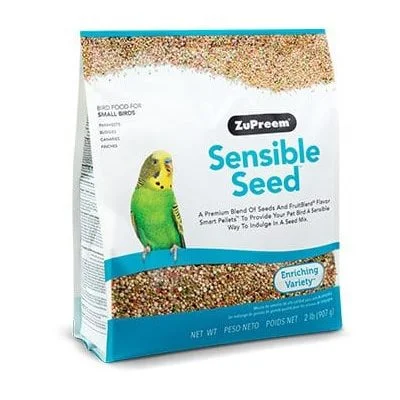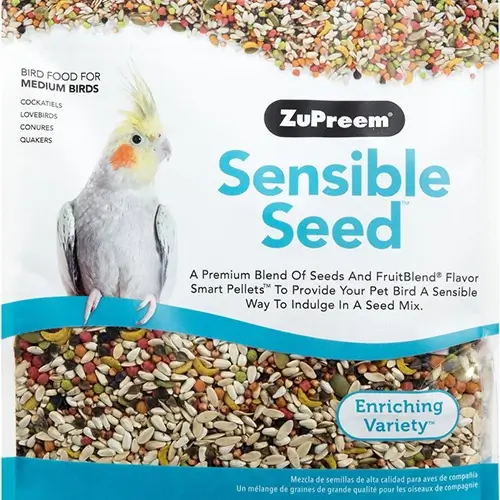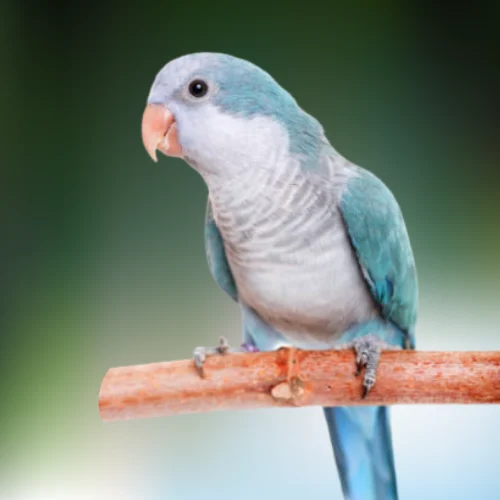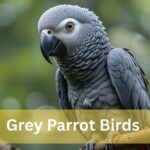
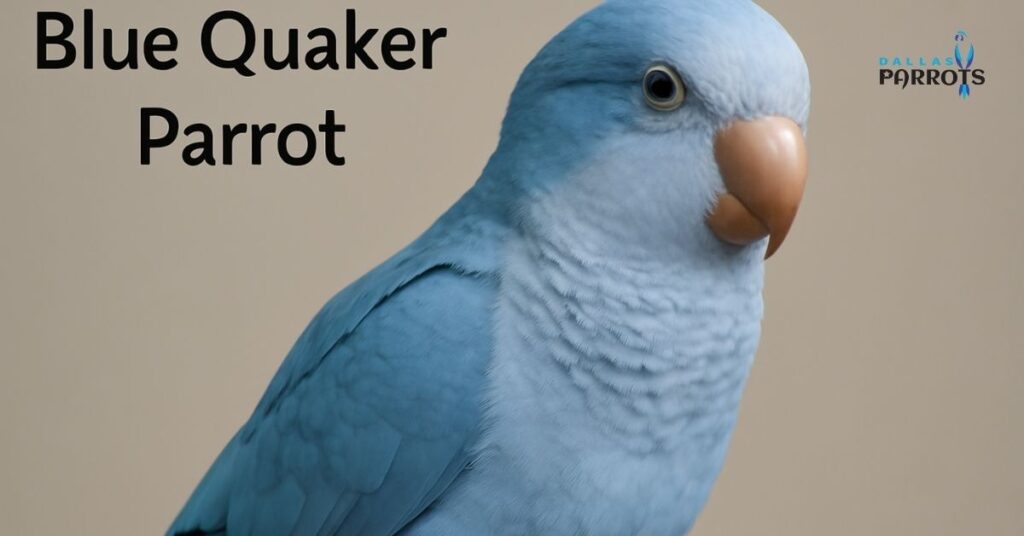
Blue Quaker Parrot Complete Care Guide
Bringing a blue quaker parrot into your home means welcoming a lively monk parakeet full of chatter and charm. This pet bird with its striking blue plumage and stocky build on social interaction and mental stimulation. Start with a spacious cage at least 24 by 24 by 30 inches it stretch those wings. Fill it with toys and shreddables to keep boredom at bay.
Diet wise pellets make up the main base mixed with fresh fruits and vegetables daily skip avocado or chocolate as they are toxic to birds. Health checks catch issues like feather plucking early aiming for that 20-30 year quaker parrot lifespan. Bond through hand feeding if it’s a baby quaker and watch it mimic your words. Dallas Parrots has healthy options ready. Proper care turns this avian buddy into a true family member.
What Makes the Blue Quaker Parrot Unique
People pick up on the blue quaker parrot’s vibe right away. This monk parakeet has a stocky build and that signature blue plumage that catches the eye. Native to spots like Montevideo in Uruguay, southern Brazil, and Bolivia, they thrive in warm areas but adapt well indoors. Wild ones even turn feral in places like the U.S., where they build nests from sticks and twigs. As a bird species, the quaker parrot’s genus, Myiopsitta monachus, sets it apart with its social nature. Breeders note how these quakers form strong bonds early on.
ZUPREEM SENSIBLE SEED FOR PARROT/CONUR
ZUPREEM SENSIBLE SEED FOR MEDIUM BIRDS
ZUPREEM SENSIBLE SEED FOR LARGE BIRDS
Origin and Physical Features
Bird enthusiasts trace the blue quaker parrot back to South American grasslands. There, they flock together and mimic sounds from their surroundings. The pet trade brought them worldwide, though some areas see them as an agricultural pest due to nest-building habits. Physically, expect a compact body around 11 inches long, with a bright green body fading to blue on the chest for the blue mutation.
Feathers stay sleek, but watch for feather plucking if stress hits. Wings let them fully extend during play, and that curved beak handles seeds like a pro. Sex isn’t easy to spot without a vet check, but males often chatter more. Overall, their unique traits make them a standout in the parrot ownership world.
Temperament and Daily Behavior
Quaker owners describe their pet bird as highly intelligent and sociable. These social birds crave center-of-attention time, often cuddling up for scratches. Noise level can rise with their vocabulary of words and calls, mimicking everything from doorbells to family chats. Baby quaker stages show them as extra playful, forming bonds that last.
They act like part of the family, perching on shoulders and joining movie nights. Messy eaters, sure, but that comes with the fun. Keep them engaged, and you’ll see their companionship shine through every day.
Setting Up the Perfect Home for Your Parrot
Getting the space right matters for any quaker parrot. A solid setup keeps your monk parrot happy and healthy. Think about room for movement and spots to perch. Dallas Parrots suggests starting with basics that match their active style. Avoid direct sunlight or drafts, as they’re sensitive to temperature extremes. Fresh water stays key, and clean everything often to dodge issues.
Choosing the Right Cage Size
Size counts when picking a parrot’s cage for a blue quaker parrot. Aim for a minimum cage size of at least 24 by 24 by 30 inches to let them fully extend their wings. Bar spacing around half an inch prevents escapes or head squeezes. Place it in a quiet family spot, away from kitchens where fumes build. Horizontal bars help climbing, a favorite quaker habit. Add perches at varied heights for foot health. If space allows, go bigger for outside-of-their-cage time. This way, your feathered friend feels secure without feeling trapped.
PRV Cage 1818
$69.95King Cages SLT 102 Small Parrot Open Square
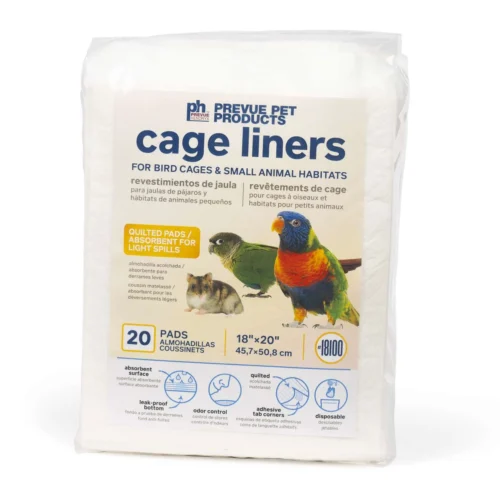
18100 CAGE LINERS
$12.95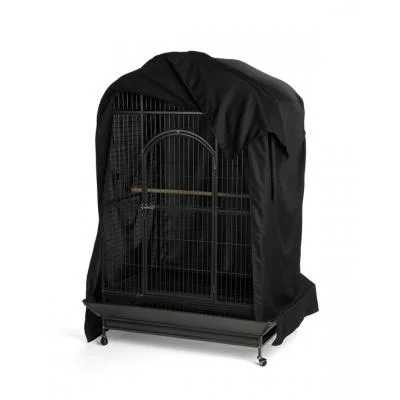
EXTRA LARGE BIRD CAGE COVER
$62.95Essential Toys for Mental Stimulation
Toys keep the mental stimulation flowing for these smart quakers. Puzzle toys challenge their brains, hiding treats to mimic foraging. Shreddable items let them practice nest-building instincts safely. Swings and ladders encourage flight feathers to stay strong. Rotate options weekly to hold interest. Quaker parrots include vocal play, so mirrors or bells add to the mix. Skip anything small that could swallow. With the right picks, boredom fades, and feather plucking drops off.

Spinning Barbell Large
$18.95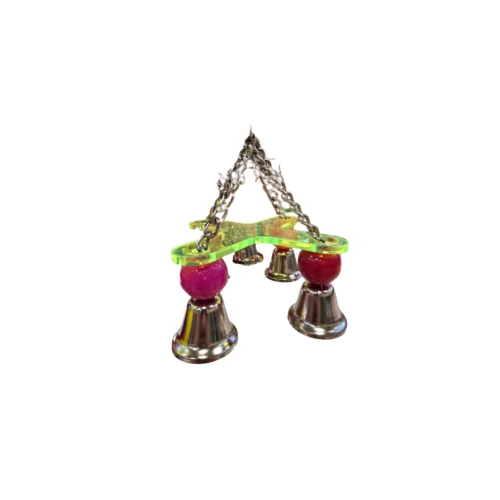
Chandelier Large
$22.95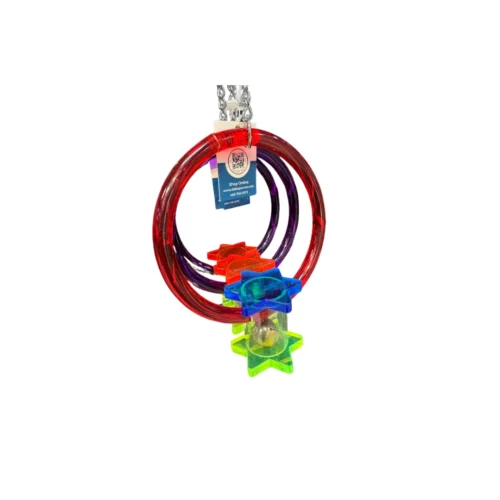
Swing A Ding Big Foot XL
$28.95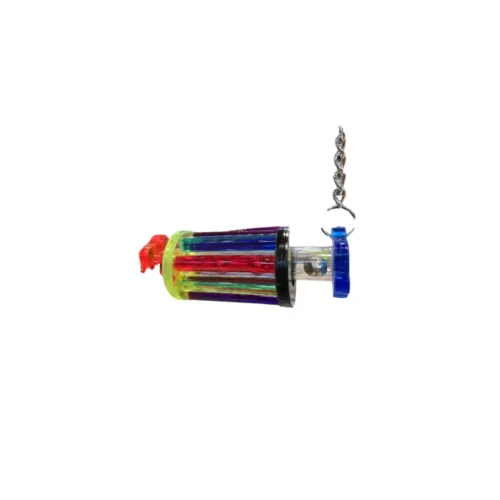
Paddle Wheel XL
Diet and Nutrition Essentials for blue quaker parrot
Feeding your blue quaker parrot right sets the tone for vitality. A varied diet forms the main diet base, mixing pellets with fresh goodies. Quaker parrot’s diet and nutrition lean toward balance to avoid weight gain. Skip high-fat foods, and always provide fresh fruits and vegetables daily. Variety keeps things exciting for these picky yet adventurous eaters.
Balanced Daily Meals
Start mornings with pellets as the core, about 70% of intake for proper care. Scatter a variety of fresh fruits like apples or berries for crunch. Veggies such as carrots and spinach add greens they love. Occasional treats like nuts work, but keep them rare. Measure portions to match activity levels. Baby blue quakers need softer mixes at first. Watch how they eat; some quakers hoard in their nest corners. Clean up spills to keep hygiene tight. This routine supports their average lifespan nicely.
Blue quaker parrot Foods to Skip for Health
Certain items spell trouble for your monk parakeet. Avocado tops the toxic-to-birds list, causing heart issues fast. Chocolate and caffeine rev them up wrong. Onions or garlic mess with blood cells. Avoid seeds as the only food; they lack full nutrition. Dairy confuses their systems too. Even some houseplants prove risky if they nibble. Stick to safe picks, and your pet bird dodges common health woes. When in doubt, ask avian veterinarians for the green light.
Health and Lifespan Tips for blue quaker parrot
Staying on top of health keeps your blue quaker parrot thriving. Common health concerns pop up if care slips, but regular checks help. Quaker parrot lifespan averages 20 to 30 years with good habits. Factors like diet and social interaction play big roles. Local laws might factor in ownership, so peek at fish and wildlife rules in your area.
Common Health Concerns
Watch for signs like puffed feathers or tail bobbing, hints of respiratory trouble. Feather plucking signals stress or itch from poor diet. Beak overgrowth needs trimming by pros. Obesity creeps in from too many treats. Infections hit if hygiene lags. Early age visits to the vet catch these quick. Quaker parrots include foot issues from bad perches. Stay alert, and most problems stay small.
Quaker Parrot Lifespan Factors
Habits shape the quaker parrot lifespan big time. Clean air and space boost years. Social birds like them wilt without interaction. Vet trips twice yearly spot issues early. Avoid smoke or strong smells. Exercise outside the cage daily helps. With these, many hit 25 years easy. Owners who treat them as family see the best results.
Training and Bonding with Baby Quakers
Bringing home a baby quaker opens doors to fun training. These young ones bond fast if you start right. Patience pays off with their quick learning. Dallas Parrots shares stories of owners who turn chats into tricks.
Steps for Hand-Feeding Young Birds
- Warm the formula to body temp, testing on your wrist first.
- Hold the baby quaker gently in a towel to keep wings tucked.
- Use a syringe to drip small amounts into the side of the beak, never force it.
- Wipe the face clean after each session to avoid crop buildup.
- Feed every few hours based on age, watching for full crop signs.
- Gradually shift to solid foods around weaning time.
Building Trust as a Pet Bird
Spend short sessions daily, offering treats from your hand. Talk softly to build that vocabulary base. Let them perch on you without pressure. Positive vibes speed up the cuddle phase. Ignore bad behaviors; reward the good ones. Soon, your quaker parakeet sees you as flock leader.
Why Dallas Parrots for Your Blue Quaker
Bird folks often hunt for a spot that gets parrots like the blue quaker parrot. Dallas Parrots pops up as a solid pick for folks wanting that feathered friend without the hassle. They handle breeding with care, focusing on healthy quakers from the start. Owners rave about the clean setup and how birds arrive ready to bond. Picking them means less worry over sketchy pet store vibes. Plus, their team chats through quirks like noise level or nest habits. If you’re set on a monk parakeet, this place lines up adoption with real talk on daily life.
Adoption Options and Pricing
Choices at Dallas Parrots lean toward baby quaker birds, including those blue ones that catch eyes quick. You might snag a young monk parrot around weaning age, perfect for building that early trust. They keep stock fresh, with options from hand-fed babies to slightly older quakers. Pricing blue quaker parrot, based on what folks share online—though exact tags shift with availability. No big bundles listed, but they toss in starter tips on pellets and perches. Swing by their site or call to lock in current deals. It’s straightforward, no pushy sales, just birds raised right for pet bird life.
Support for New Owners
New to quaker owners? Dallas Parrots steps up with hands-on help that eases the jump. Staff like Rana spend time walking you through basics, from cage picks to first feeding tweaks. Their blog packs avian tips on everything from feather care to social interaction spots. Got a fidgety baby blue? They point to calming formulas that smooth those early days. Even boarding kicks in if life pulls you away, keeping your pet bird comfy. Owners mention how chats with the team turn nerves into excitement. It’s that flock feel, making sure your quaker parakeet settles in smooth.
Customer Reviews
A E (Blink)
“I was very pleasantly surprised how very clean and friendly everyone was. I talked to a wonderful gentleman who was knowledgeable, friendly and very polite. The birds were all very well handled, and you can tell when birds aren’t used to people. Great place, great people, great Murphy.”
Jamie Tkach
“Jason was incredibly helpful throughout the entire process. He was so knowledgeable, patient, and genuinely cared about ensuring we were fully prepared to welcome our new feathered baby. We couldn’t be happier with the service and care we received. Highly recommend Dallas Parrots to anyone looking for a happy, healthy bird!”
Katie Wolber
“Love this place! The staff were so helpful, especially Jason. We got a hand-raised baby cockatiel here and he is already well-socialized and friendly. I’ll make the trek again, even just for bird toys!”
Elizabeth Wilson
“She has such a sweet temperament thanks to being handled often and trained by the staff there. She isn’t fearful or aggressive and she has been a gentle goofball with everyone she has met. We’re so happy with our new baby!”
Wes Singletary
“Jason let me and my son come in and interact with no intentions to purchase. We got to listen and learn about different birds. Thank you.”
Contact Us
If you have any questions about Parrots, or need assistance with anything related to parrots, feel free to reach out. We’re here to help with all your parrot care needs! Contact us through the form below or call us directly.
Conclusion
Ready to bring home a blue quaker parrot? This monk parakeet makes a lively pet bird with the right setup. From cage basics to daily pellets, proper care keeps them chirping happily. Dallas Parrots offers solid adoption picks and owner tips to start strong. Grab one today and watch that companionship bloom. Your feathered friend waits.
More Details
Connect with us on social media for the latest updates on Nanday Conures, including care tips, vibrant photos, and available birds! Follow our Instagram and Facebook pages to join our community of bird enthusiasts.
FAQ’s
What makes the blue quaker parrot unique?
The blue quaker parrot, also called a monk parakeet, stands out for its striking blue plumage, compact build, and lively personality.
What should I feed my blue quaker parrot daily?
Pellets should make up 70% of the diet, balanced with fresh fruits, vegetables, and occasional treats like nuts for variety.
How big does a blue quaker parrot get?
On average, a blue quaker parrot grows about 11 inches long, with a stocky frame and curved beak perfect for seeds.
Which foods are unsafe for blue quaker parrots?
Avoid avocado, chocolate, caffeine, onions, garlic, and dairy, as these can cause serious health issues in quaker parrots.
How long do blue quaker parrots live?
With proper care, diet, and social interaction, blue quaker parrots typically live 20 to 30 years.

